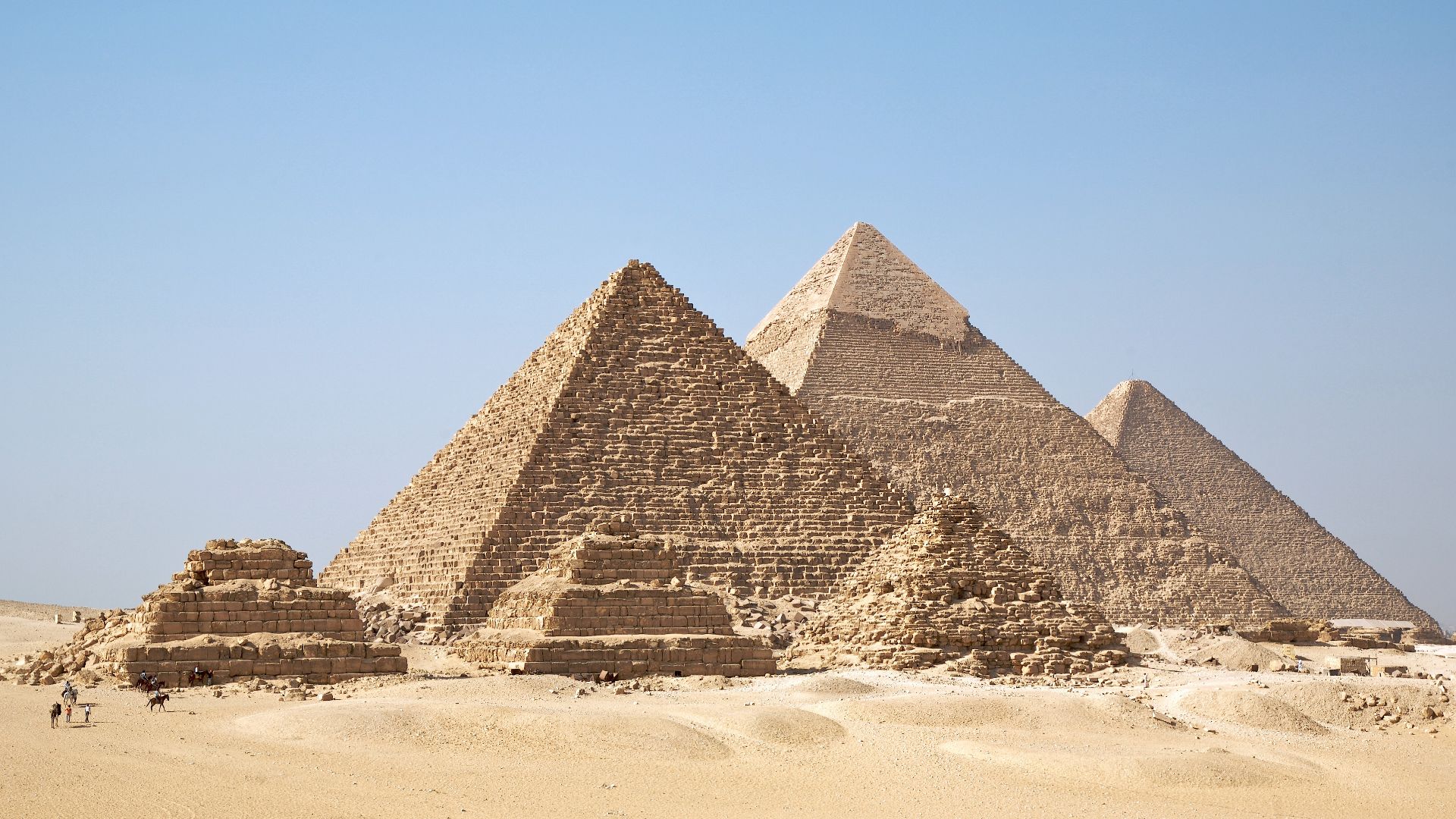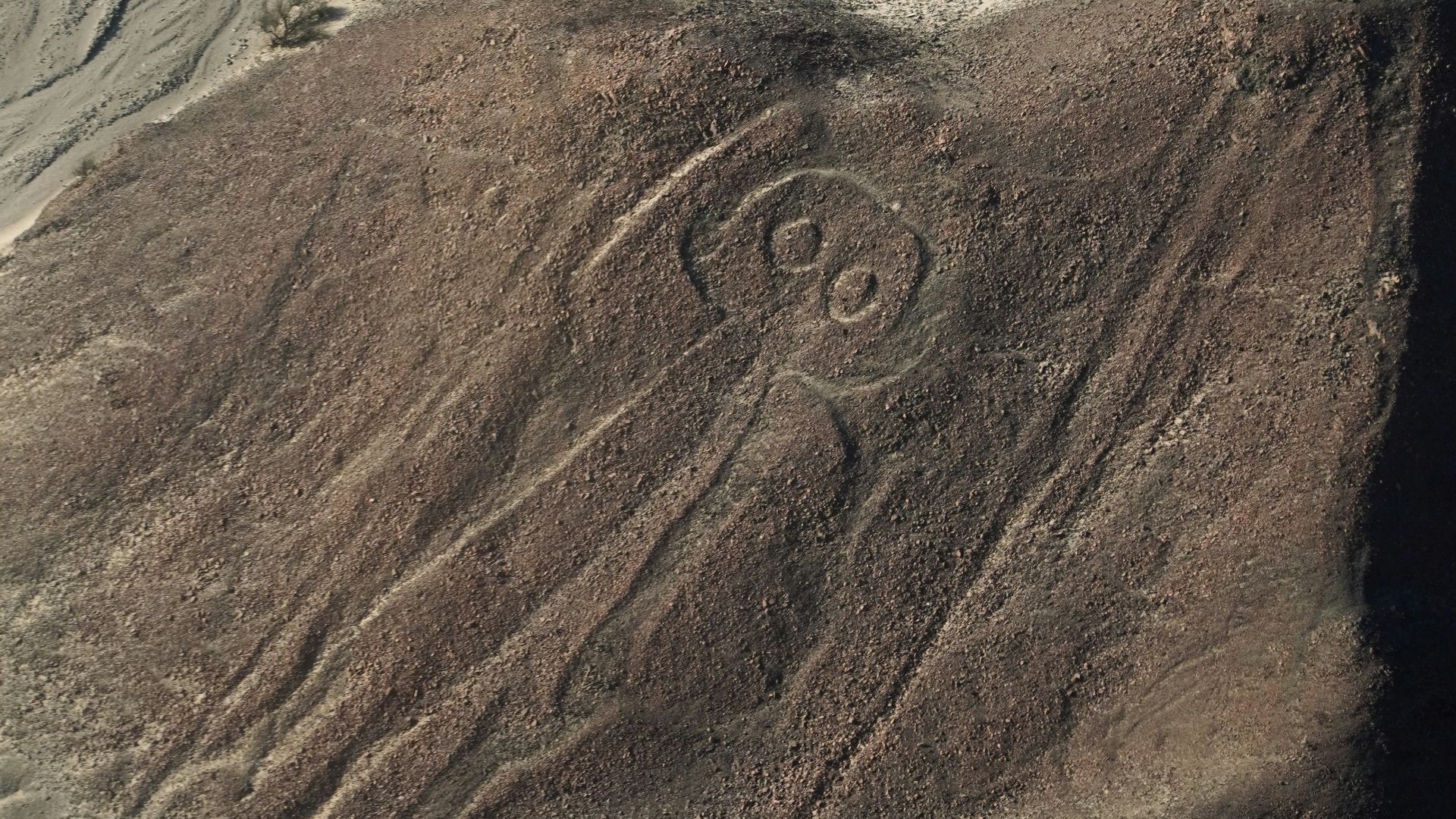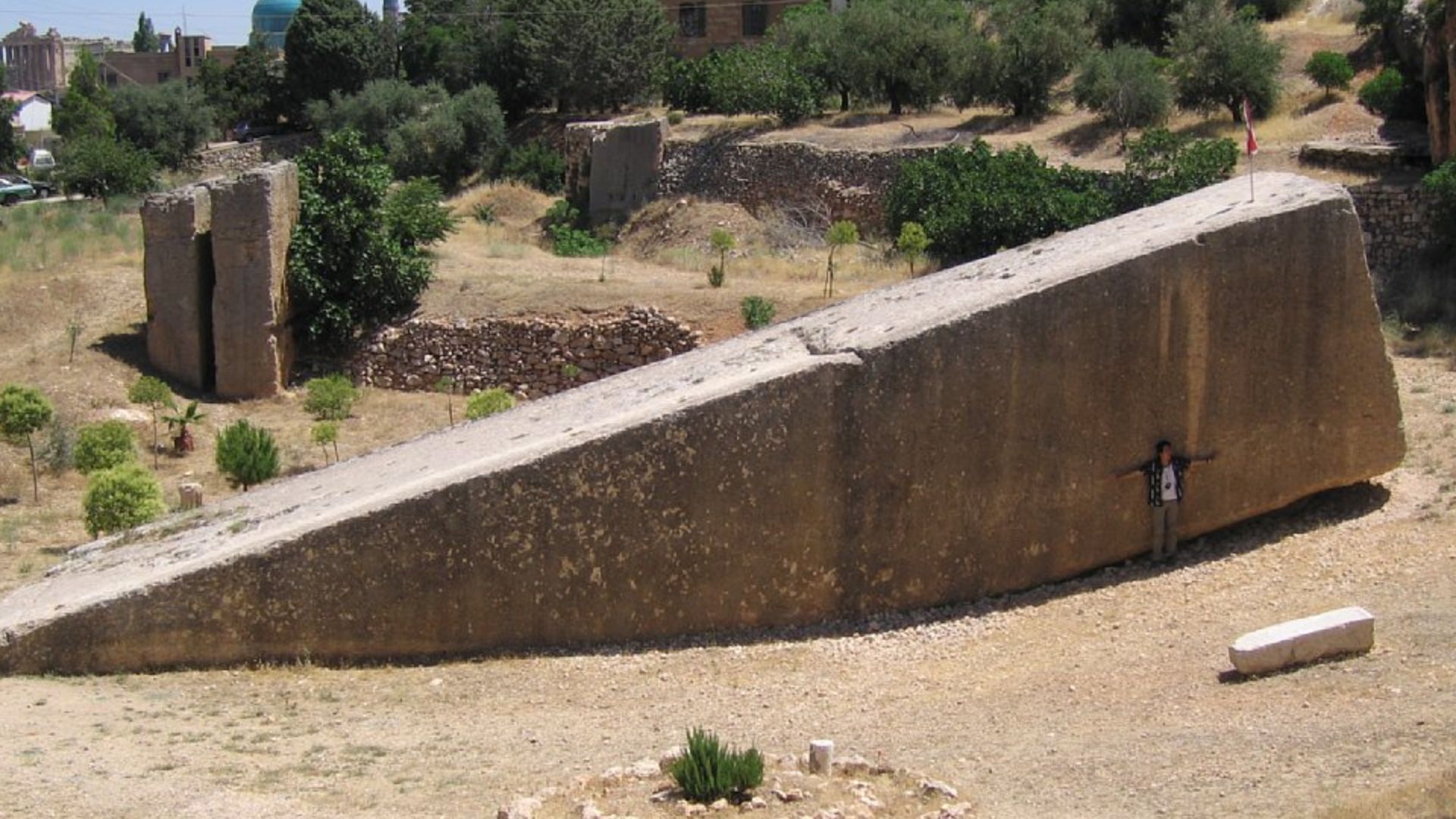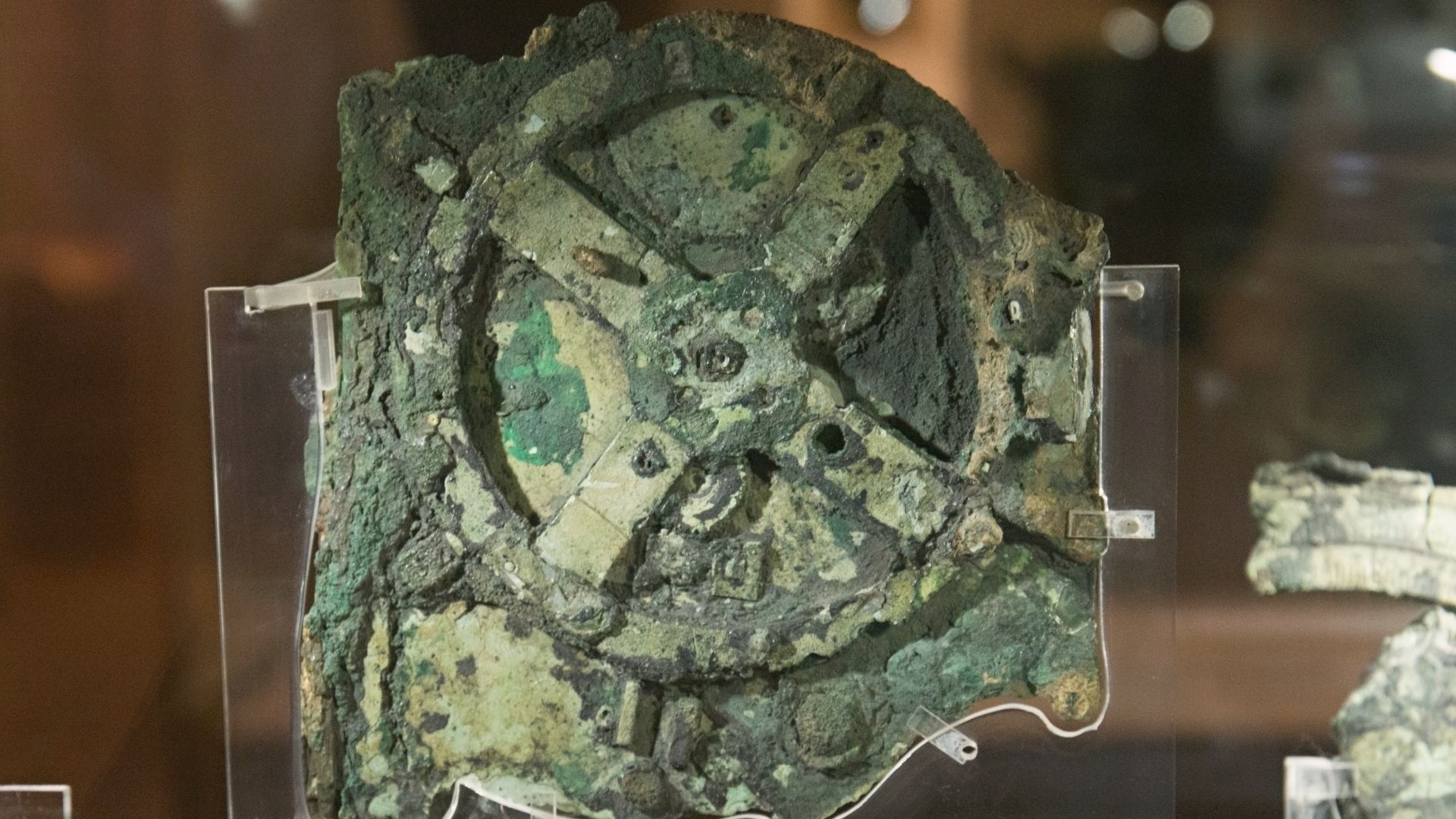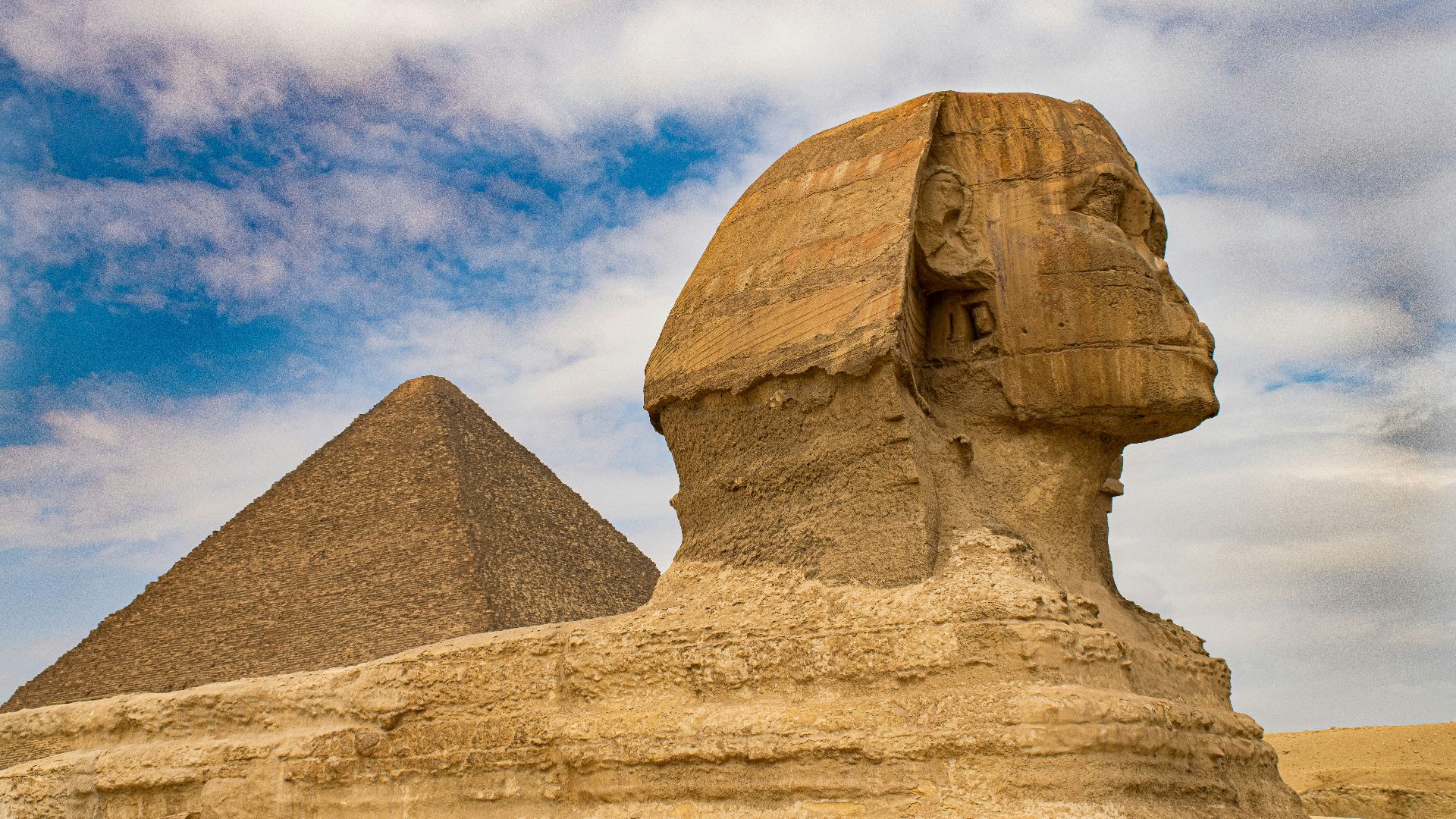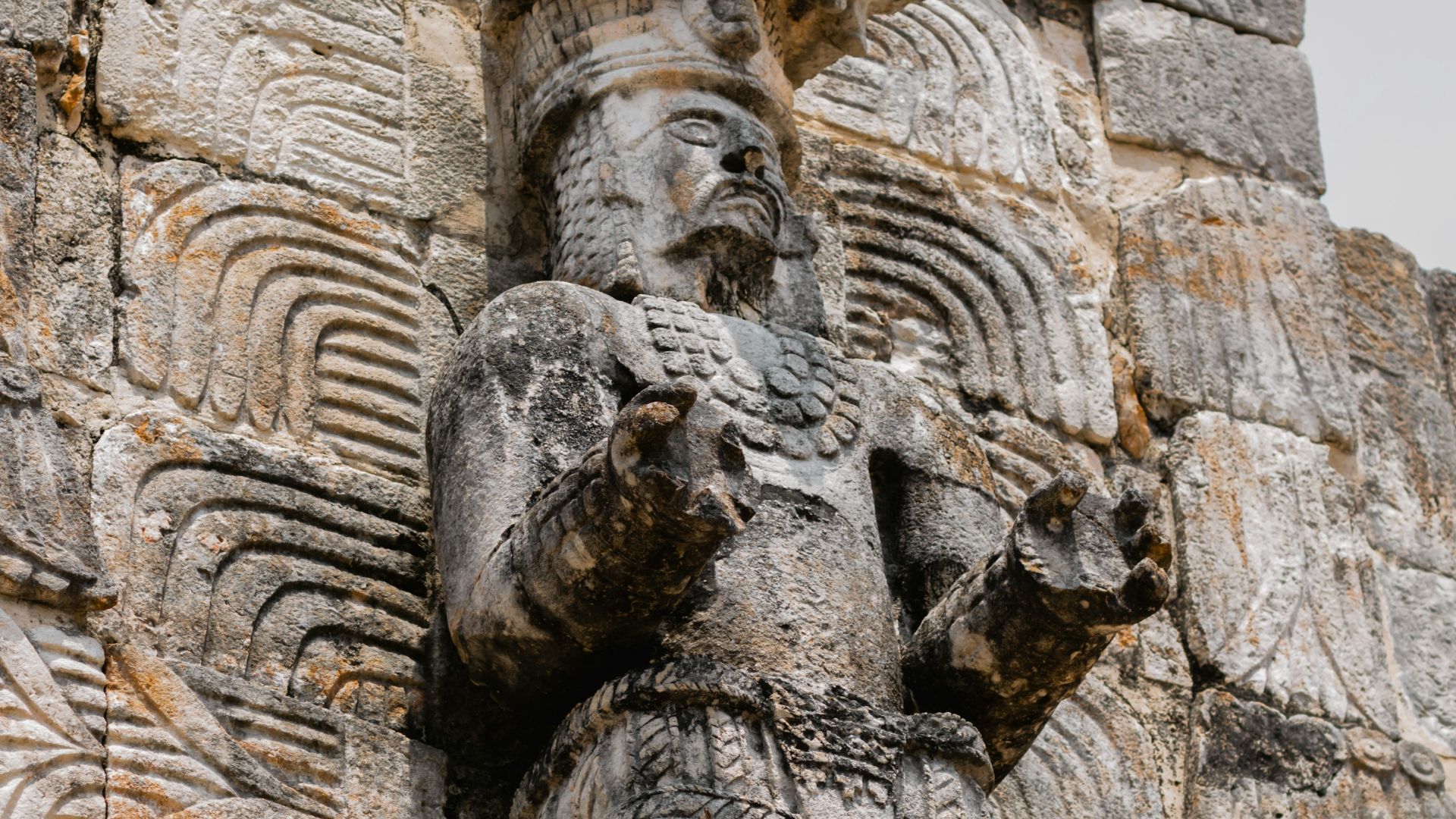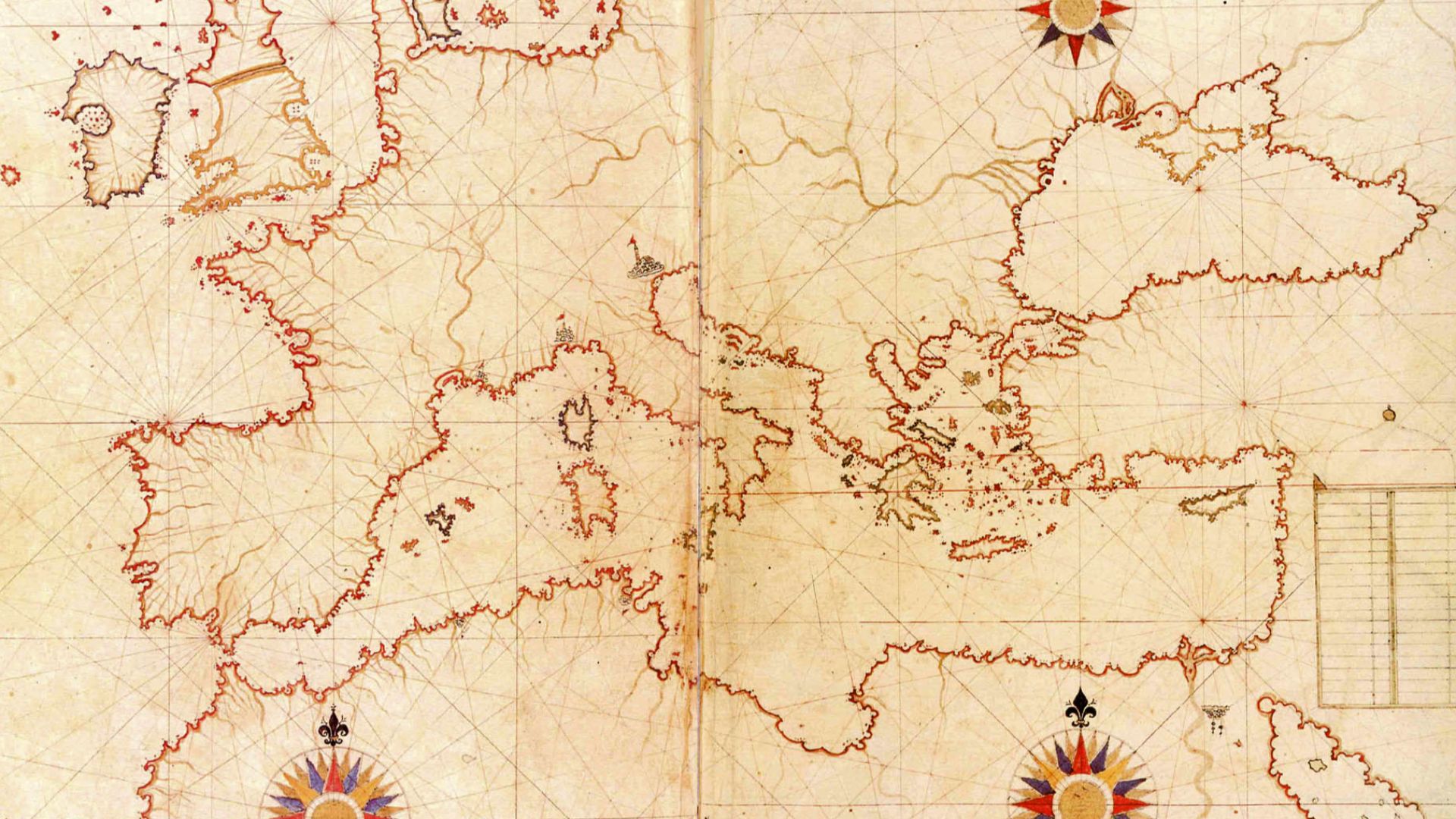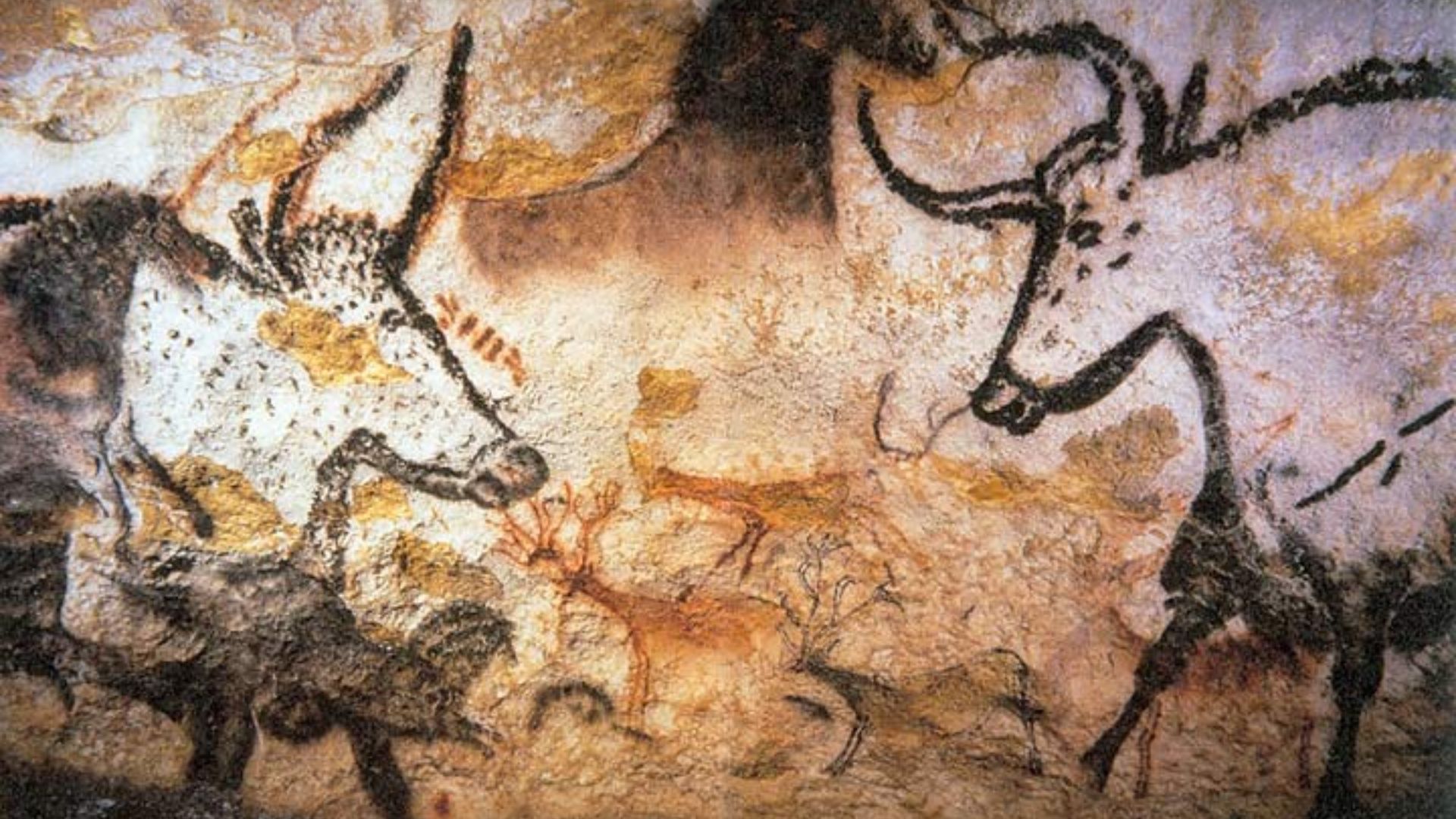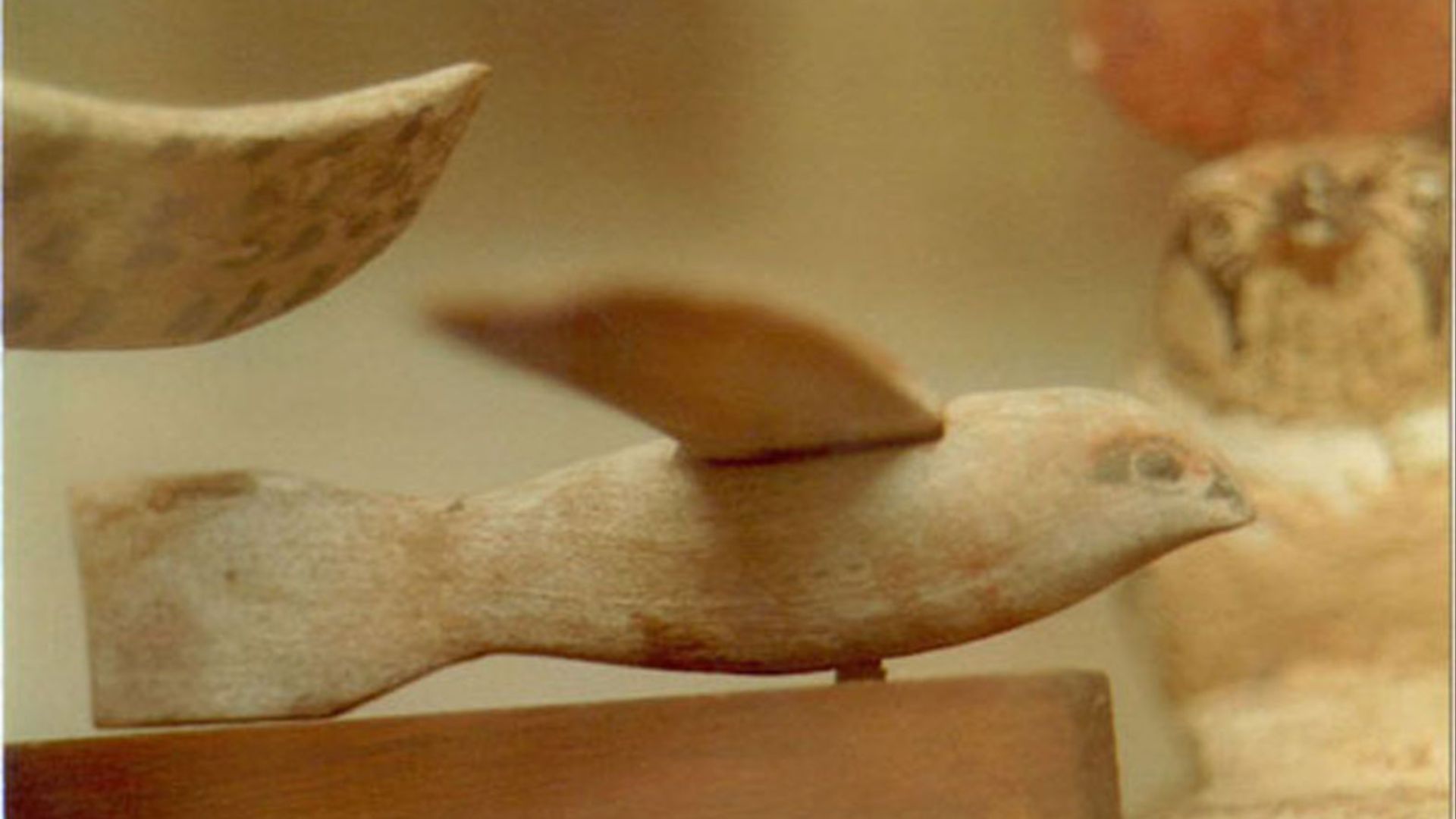From Ancient Aliens to Advanced Tech
If you’re a history or archaeology buff, you might have heard of the controversial theories about a possible advanced civilization. Also known as the Silurian hypothesis, this belief stems from the fact that many innovative buildings, tools, and knowledge exist in a time where it shouldn’t. With that in mind, here are 20 pieces of evidence believers of the Silurian hypothesis often refer to.
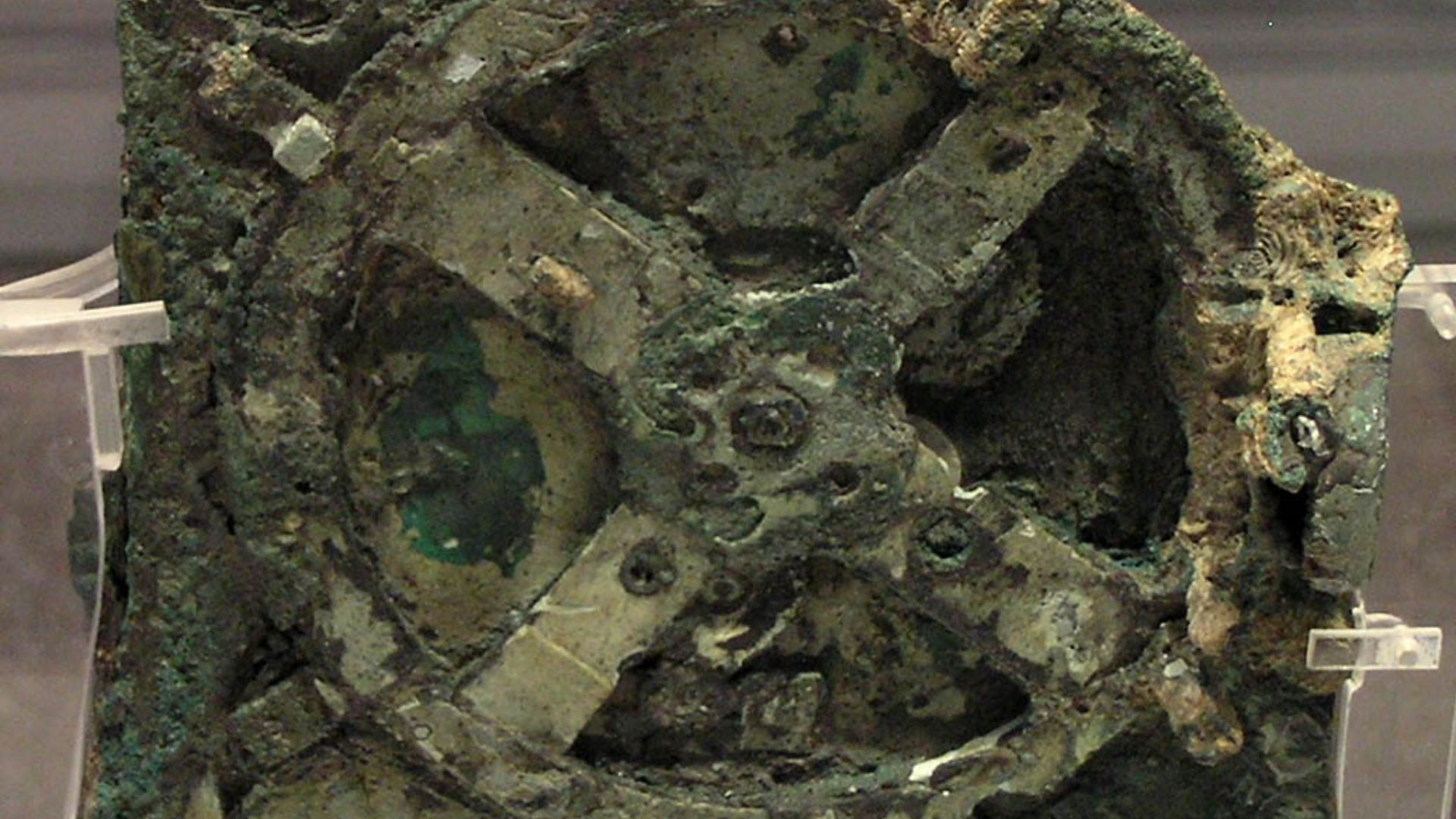 No machine-readable author provided. Marsyas assumed (based on copyright claims). on Wikimedia
No machine-readable author provided. Marsyas assumed (based on copyright claims). on Wikimedia
1. Gobekli Tepe
This megalithic structure dates back to 9600 BCE and can be visited in modern-day Turkey. Many people believe it to be a religious or ceremonial site, but what makes it so unique is the fact that its construction predates sophisticated architecture and planning. Of course, the longstanding question of how they managed to move such heavy rocks remains curious too.
2. Ancient Drill Holes
There are numerous sites across the world, notably at the Great Pyramids or Machu Picchu, where the stones have been drilled into with very precise tools. The sheer accuracy and depth of the holes indicate advanced knowledge. Although archaeologists believe these holes are simply a result of copper tools.
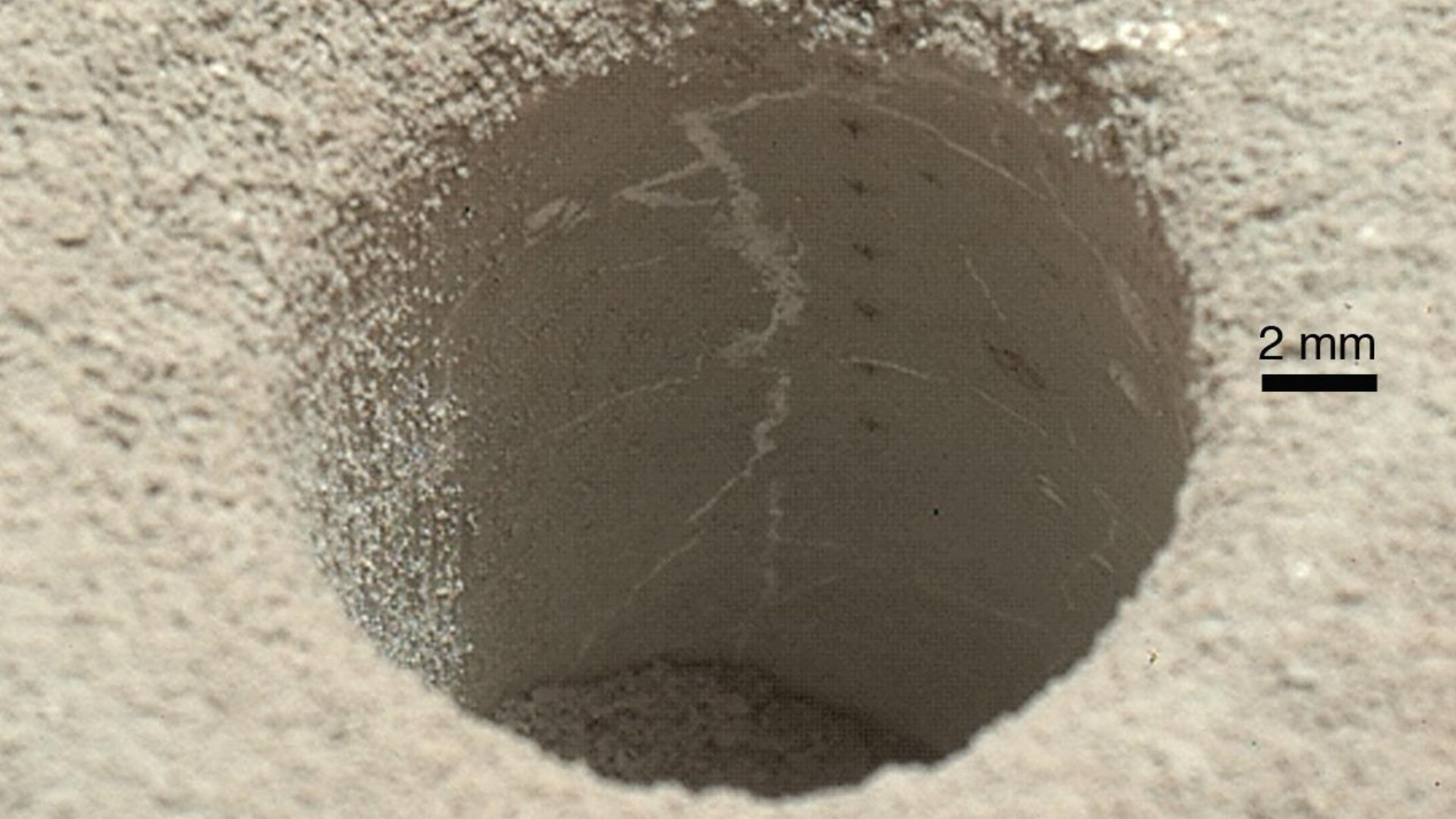 NASA/JPL-Caltech/MSSS on Wikimedia
NASA/JPL-Caltech/MSSS on Wikimedia
3. Nimrud Lens
The Nimrud Lens was discovered in Iraq and dates back to the 9th century BCE. It is essentially a polished crystal lens that looks as if it belongs in a magnifying tool. If it is in fact a magnifying tool, then that indicates the ancient Assyrians understood optics and light manipulation.
4. The Great Pyramids
Of course, many people cite the pyramids of Egypt as a marvelous testament to advanced technology. The level of engineering, astronomy, and skilled labor depicted by the ancient Egyptians is marvelous. While the exact strategy for building the pyramids is unknown, some archaeologists believe it was merely the work of ramps and a large workforce over a span of decades.
5. Nazca Lines
The Nazca Lines can be visited in Peru and date back to 500 BCE. They are essentially enormous geoglyphs that are carved into the desert floor. Many of the images depict familiar animals and geometric patterns, but the question remains how a pre-Columbian culture managed to create something so massive.
6. Ba’albek Trilithon
Located in Lebanon and dating back to 50 BCE, the Trilithon is made up of over 1,000 tons of arranged stone blocks. The size and weight of the construction lead to questions about advanced engineering, quarrying, and transportation techniques. Of course, the alternative answer is similar to the pyramids, pointing to possible ramps and a large workforce.
7. Antikythera Mechanism
The Antikythera mechanism was found in Greece and dates back to 100 BCE. It is possibly an analog computer found in a shipwreck. Its mechanisms indicate an in-depth understanding of astronomy and technology that shouldn’t be the case in the time period.
8. Sphinx Water Erosion Hypothesis
This theory basically implies that the Sphinx is much older than believed, and it bases this on the fact of water damage and erosion patterns. Of course, if this is the case, that means a much earlier civilization was capable of creating with advanced tools, and that this could possibly be a forgotten culture at work.
9. Puma Punku
Puma Punku is located in Bolivia and dates to 536 CE. The site is made up of a series of interlocking stone blocks, some of which weigh a resounding 130 tons. The sheer precision of the stonework paired with the weight and scale leads to numerous questions on the level of technology available at the time.
10. Pre-Columbian Earth Knowledge
Many people refer to the advanced astronomical tools and knowledge of Mayan and Incan civilizations and are surprised by just how much they knew. This level of understanding wouldn’t be rediscovered until the Renaissance, which leads many to wonder how the Mayans, Aztecs, and Incans got so advanced. Impressively, they were even able to accurately calculate celestial movements as well as the very shape of the Earth itself.
11. New World Connections
The New World often refers to North and South America, while the Old World refers to Europe, Africa, and Asia. Essentially, these two worlds had no contact until Columbus’s voyage, which would open up trade networks. However, there is evidence of contact between these worlds before Columbus.
12. Atlantis
Of course, everyone likes to bring up the curious case of Atlantis, which is only accounted for by Plato’s description of a highly advanced civilization that sank into the sea. Interestingly enough, there are many advanced sites found underwater that are believed to once stand above water, such as the Bimini Road.
 Mikhail Preobrazhenskiy on Unsplash
Mikhail Preobrazhenskiy on Unsplash
13. Vitrified Forts
The vitrified forts exist in Scotland and Ireland mainly, and what’s unique about these forts is the fact that the stones have been fused together by extreme heat. Of course, ancient civilizations did not have access to power or heating tools, which leads to questions on how they generated such high temperatures and further applied it to construction.
14. Sumerian Astronomy
Much like the Mayans, Incans, and Aztecs, the Sumerians also had an impressively advanced understanding of astronomy. In fact, they were able to map the stars and measure time back in 3000 BCE, and even identified five key planets.
15. Antarctica Maps
The thing about Antarctica is it wasn’t discovered until 1820, which was when the first sighting occurred. Ancient civilizations would have no way of accessing or even spotting Antarctica; however, it interestingly appears on ancient maps such as the Piri Reis map.
16. Baghdad Battery
The Baghdad Battery was discovered in Iraq and is dated back to 200 BCE. Essentially, explorers found a copper cylinder, an iron rod, and a clay jar, which some believe functions as a galvanic cell or battery. Of course, there is no proof that this is what the items were used for, but finding them together is interesting nonetheless.
17. Lascaux Caves Star Maps
The Lascaux caves are located in France and are dated back to 17,000 BCE. These cave paintings often involve animals and hunting practices, but interestingly also depict constellations and celestial patterns. This means that these ancient people understood advanced astronomy and were possibly able to harness it for navigation and agriculture.
18. Mythological Reset Stories
Of course, there are also numerous stories littered throughout time referring to an advanced civilization and a great flood that reset it. It’s quite the coincidence that Plato’s Atlantis was sunk by water, which was also accounted for in the Epic of Gilgamesh and the Popol Vuh Mayan creation myth.
 Wolfgang Hasselmann on Unsplash
Wolfgang Hasselmann on Unsplash
19. The Saqqara Bird
The Saqqara Bird was discovered in Egypt and is dated back to 200 BCE. Essentially, archaeologists found a small wooden bird-shaped object which some believe could be a reference to an ancient glider. However, in this case, it may more likely just be a decorative object.
20. Sanskrit Texts on Vimanas
Returning to the ideas of stories, many religions and cultures cite the advancements of people in the past. For instance, the Vimana texts refer to flying machines capable of extraordinary maneuvers, and there are many other religions that do the same.
KEEP ON READING

Tips To Say No To Your Mechanic
Mechanics notably have some of the greatest finesse on the…
By Kevin Cheatley Dec 1, 2021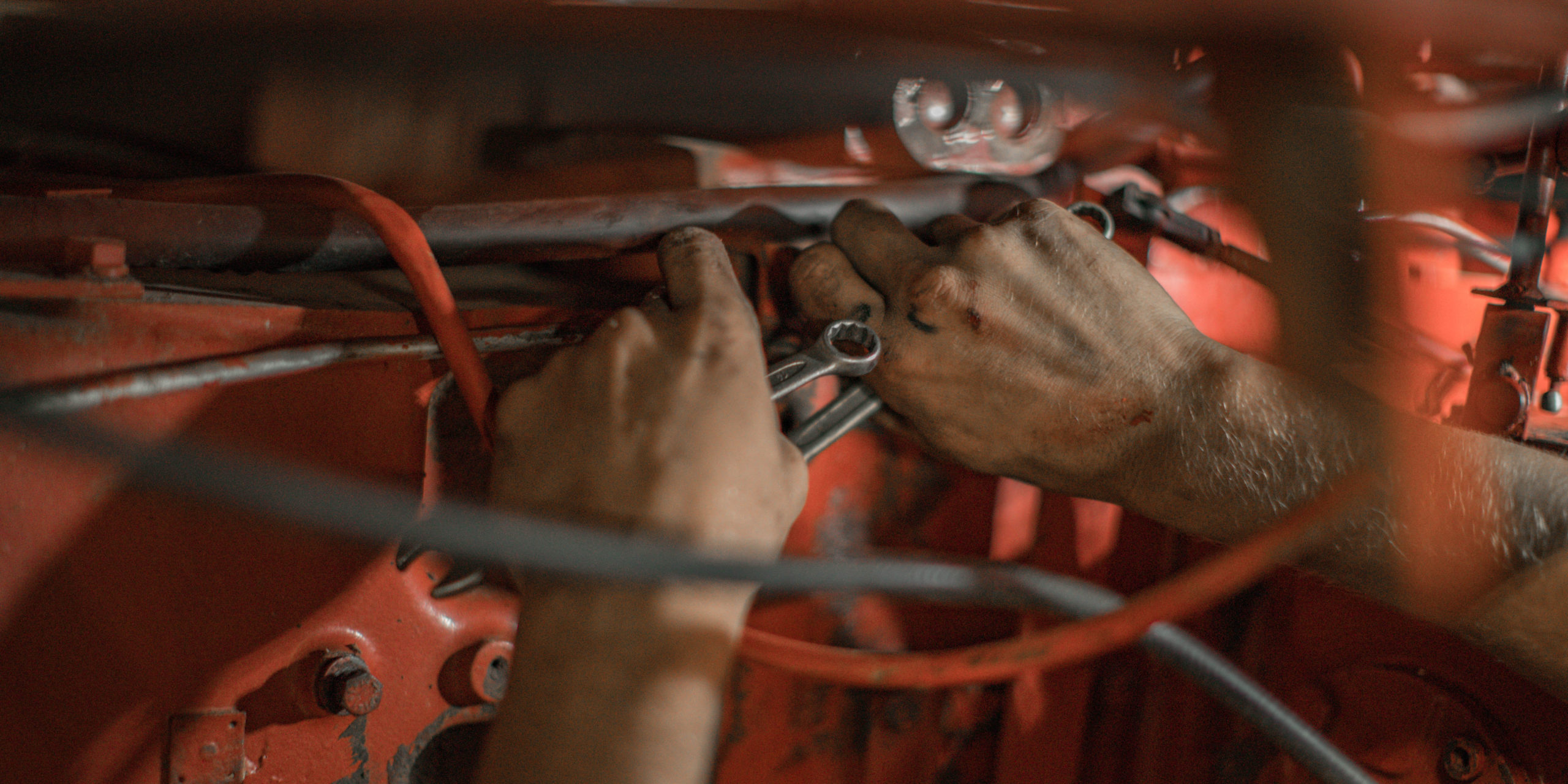
Considering A Career In The Automotive Industry? Read This
This year the idea of making a living at one…
By Vee Aye Dec 1, 2021
Are You In Need Of A Trunk Organizer?
Organizing your car trunk can sometimes feel like organizing your…
By Steven Hochman Dec 1, 2021
Drive-Thru Workers From Around The World Share Weird Customer Stories
Apparently some people think that drive-thru workers can't hear what…
By Henry Judd Mar 1, 2021
Sierra Nevada, California: The Best Things To Do
The Sierra Nevada of California (otherwise known as the High…
By Robbie Woods Mar 1, 2021
The Best Road Trip Trucks Ranked
Is there anything more liberating than the open road? With…
By Robbie Woods Mar 1, 2021



